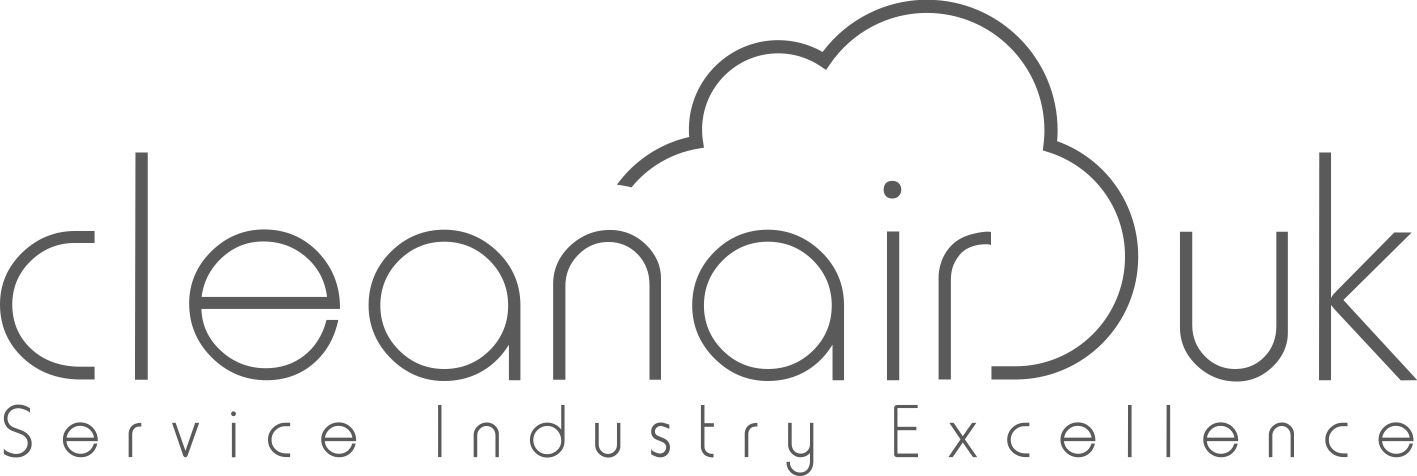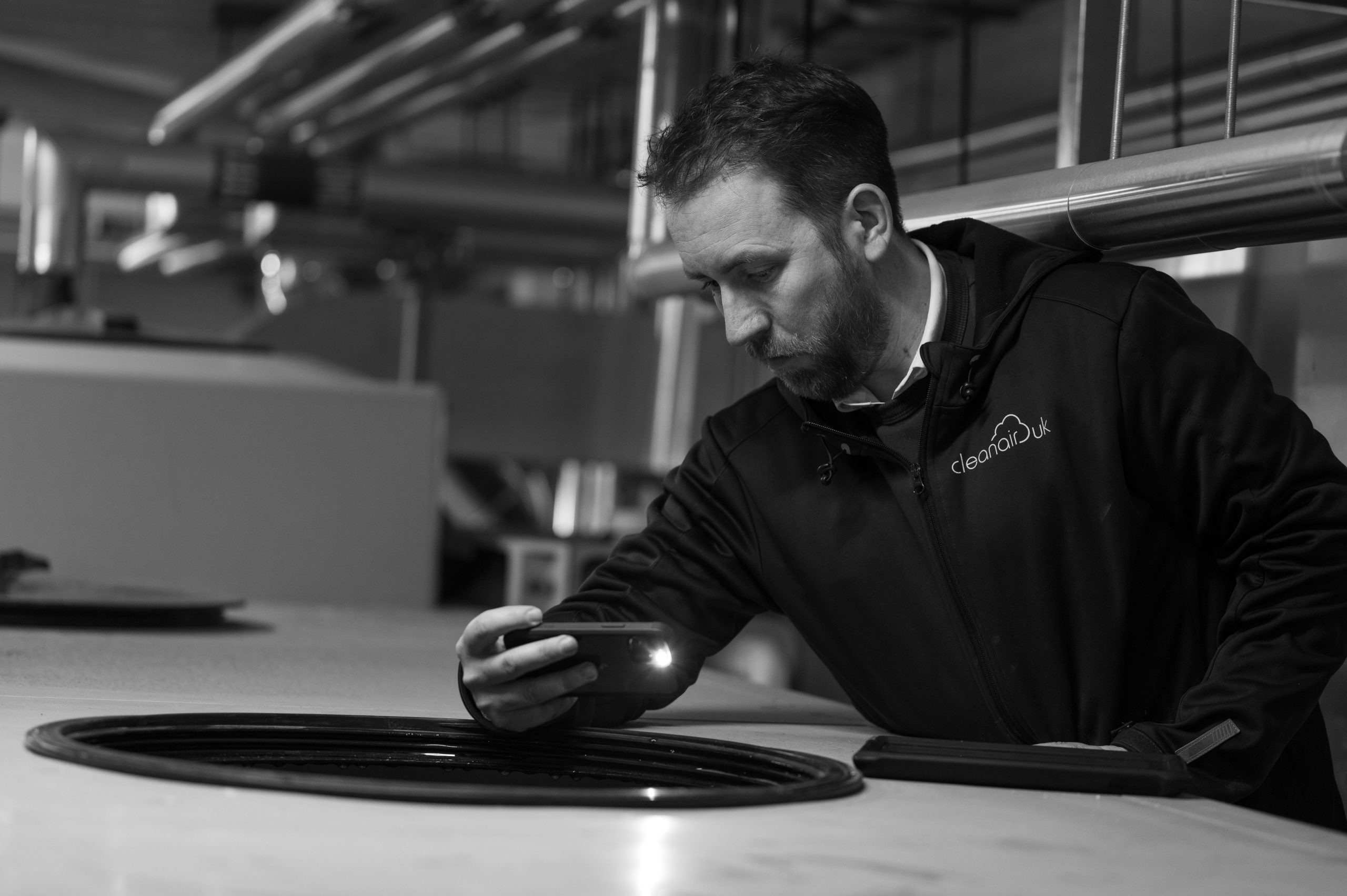Looking for companies for the cleaning and servicing of my kitchen canopy and ducts I found, via Google, overpriced local traders. I am so glad I looked on the BESA website and came across Clean Air Ltd. The lads you sent round were polite and did a good job. I was so confident in your pricing and work I recommended Clean Air to my church for their kitchen work. God Bless you all.
CleanAir UK provide expert Legionella Risk Assessment in Brighton and the south.
Legionella has likely been around for centuries but only came to public attention around 50 years ago when 182 members of an organisation called “The American Legion” fell ill during a convention in the US city of Philadelphia. That outbreak gave the bacteria its name.
Since then there have been numerous documented outbreaks around the world, including a 1985 outbreak in the UK that killed 28 people. The legionella bacteria produces several different diseases among which the most common is Legionnaires Disease, which is often deadly for people in the following high-risk groups:
- People over 45
- Those who smoke heavily
- People with chronic respiratory conditions
- People with HIV or other immune system diseases
- Those suffering from kidney disease
The bacteria itself, known as Legionella Pneumophila, is found in the natural environment in lakes, reservoirs and rivers. In the manmade environment it can be found in standing water associated with air conditioning systems, decorative fountains, hot tubs and to a lesser degree in showerheads, faucets and plumbing.
Under the right conditions, the bacteria can multiply rapidly increasing the likelihood of an outbreak of Legionnaires’ disease. As such, it is essential that potential places of contamination are inspected on a regular basis.




